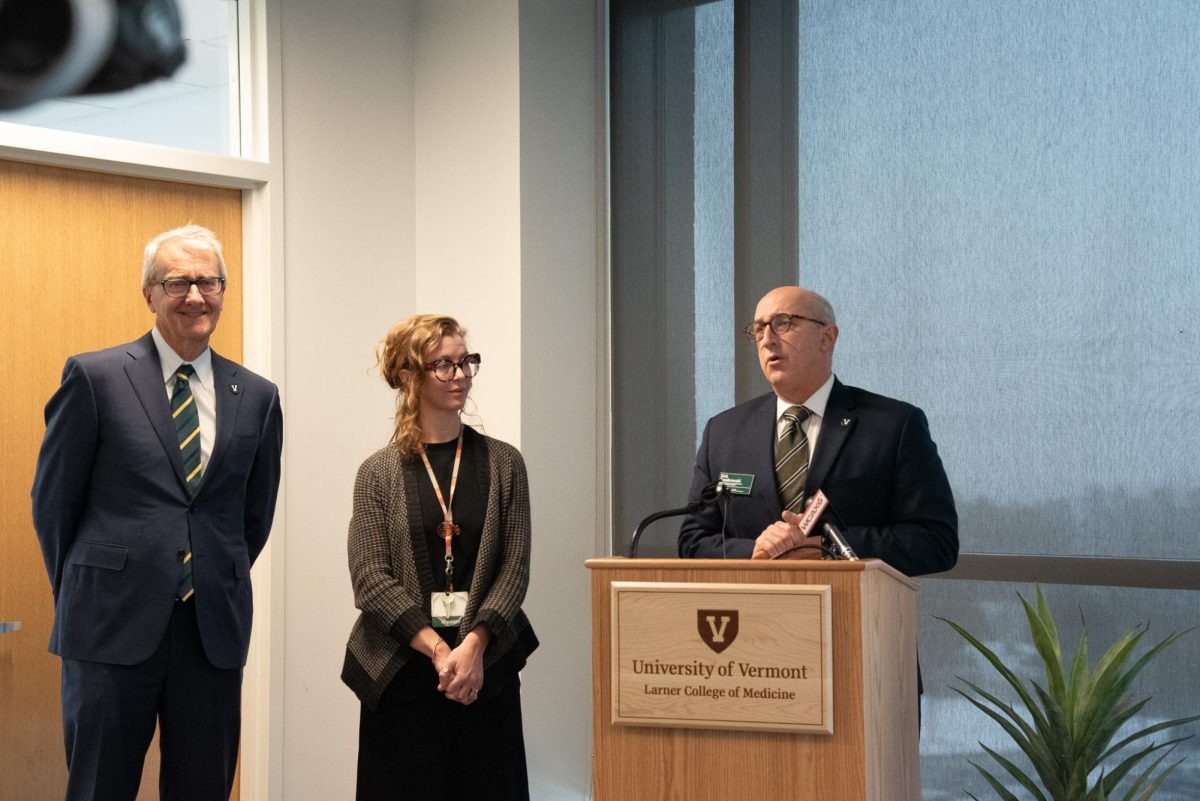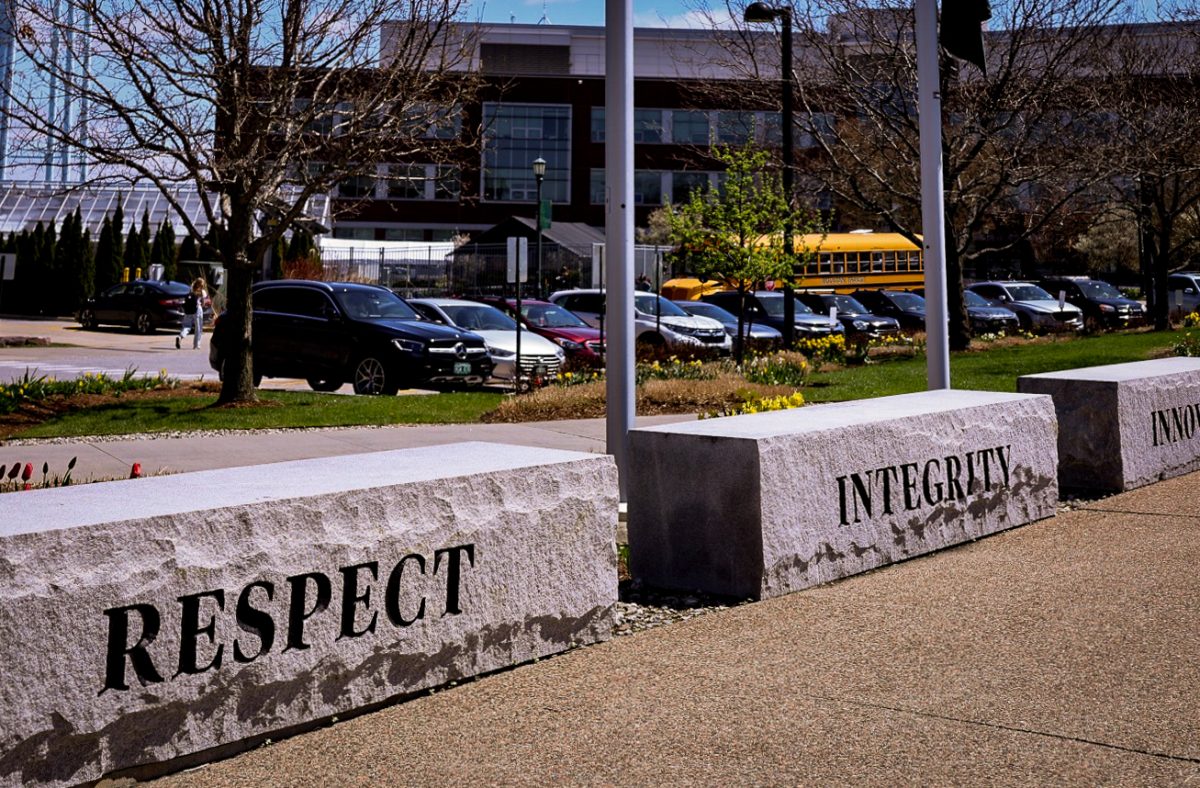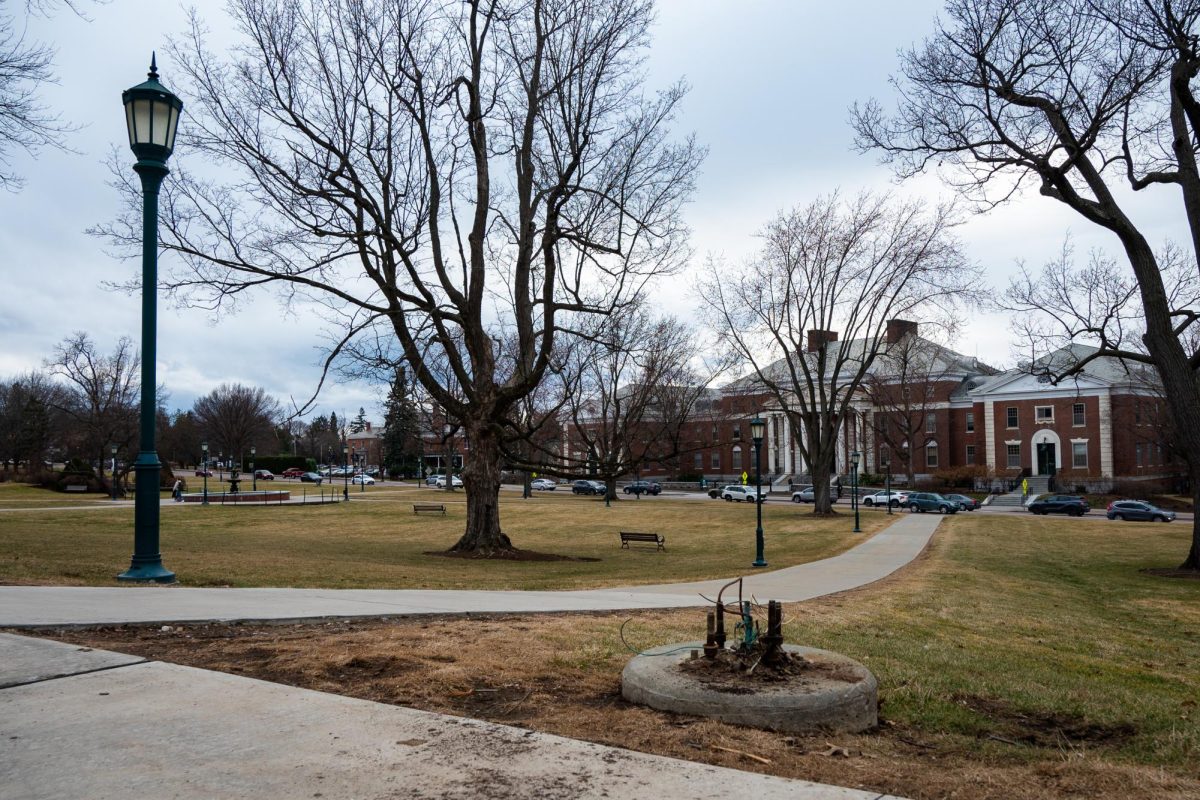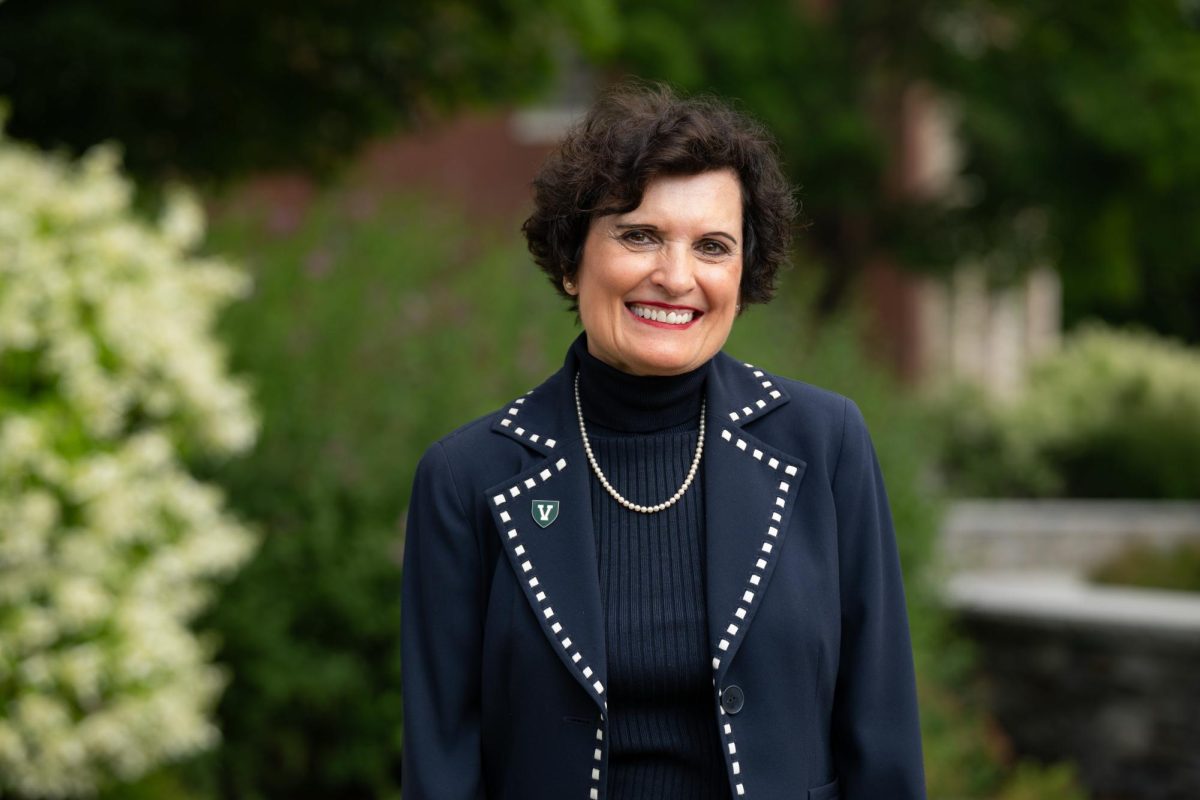UVM has achieved Research-1 status from the Carnegie Classification of Schools, according to a University announcement at a press conference on Thursday.
The designation places UVM in the top tier of research universities in the country and will help attract blue-chip faculty from across the world, said Kirk Dombrowski, vice president of research.
“For UVM, this is a first of its kind,” Dombrowski said. “It’s a first of its kind in Vermont, and it’s something that really looks at and acknowledges the tremendous amounts of work that’s been done by our researchers.”
To qualify for R1 classification, an institution must award at least 70 research doctorates and have at least $50 million in total research expenditures during the year Carnegie makes its evaluation.
Interim President Patricia Prelock said in a statement that she thinks the new R1 status reflects UVM’s commitment to pursuing academic excellence and cultivating innovation and opportunity in Vermont.
“It is a testament to the extraordinary dedication of our faculty, staff and students who have worked tirelessly to elevate our research enterprise and expand its impact,” Prelock said.
Dombrowski said the University’s research expenditures have increased by more than $100 million in the last five years — an investment that contributes $300 million towards Vermont’s economy each year.
“That’s something we really recognize as an essential part of the land-grant mission,” he said.
Sponsored research at UVM has grown by 69.3% over the last 10 years, according to data from the 2024 UVM Research Review.
The Larner College of Medicine received $101.5 million in sponsored research funds in 2024, easily eclipsing the other colleges, according to the 2024 review.
The next two schools with the most sponsored research money were the College of Agriculture and Life Sciences and the College of Engineering and Mathematical Sciences, which combined for only $67.3 million.
While UVM is the first and only institution in Vermont to reach R1 status, the Green Mountain State is the last in New England to have its land-grant university garner the distinction.
The University’s ability to attract high-level faculty and grad students is bolstered by the new designation, Dombrowski said.
“This achievement not only demonstrates how much we want to accomplish but recognizes the innovation, discovery and scholarship our investigators and students have achieved over the years,” he said.









